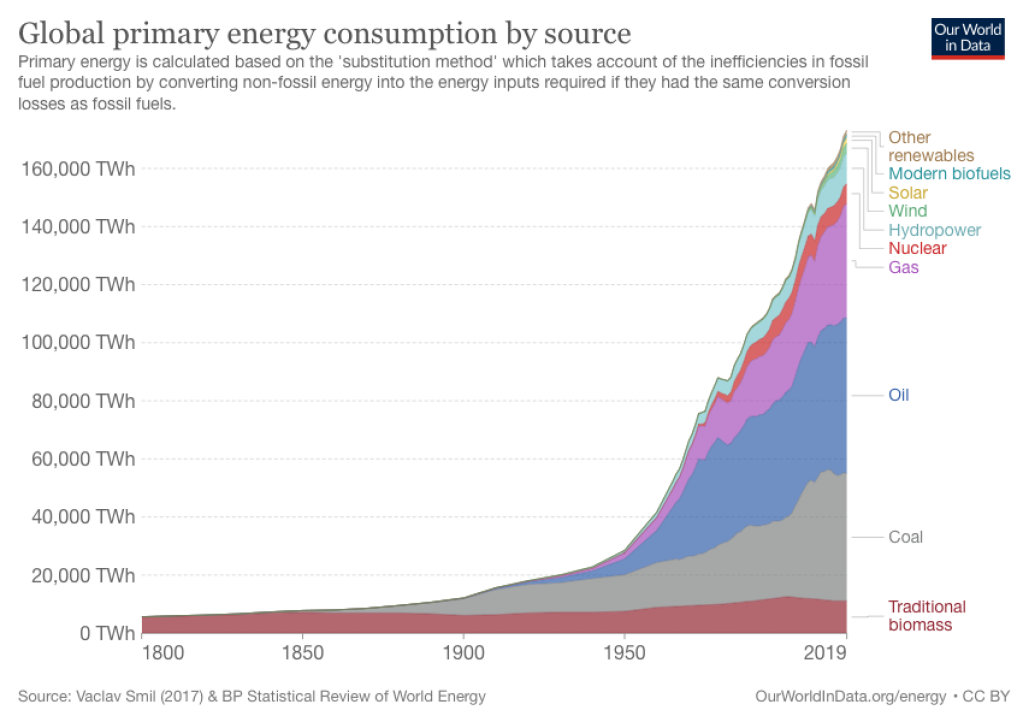
In the wake of landmark climate agreements and negotiations, the search for renewable energy has attracted much attention, particularly from developed nations with massive energy consumption. One particular form of renewable energy, though mired with controversy, is nuclear power. The dangers of fission reactors are certainly not new; meltdowns such as Chernobyl and Fukushima have caused catastrophic environmental damage, forcing large-scale evacuations and contaminating the Earth’s atmosphere.
Yet the benefits of large-scale nuclear power have been increasingly popular, as the world seeks a shift in reliance on traditional, polluting energy sources.
The issue with renewable energy ends up being efficiency and impact; solar energy is criticized as ineffective compared to the amount of space required to power basic infrastructure. Wind turbines have been known to interfere severely with migratory bird patterns, and hydroelectric dams are even more disruptive for freshwater ecosystems. Geothermal power plants suffer some of the same shortcomings as solar energy, with comparatively low energy conversion compared to coal, oil, and gas.

Yet nuclear power, despite which produces more than enough energy per plant to satisfy our needs, has the stigma of using dangerous, radioactive material, exposure of which could lead to widespread death and reduce habitability.
Nuclear fears are by no means unjustified. Considering the element of safety is critical before building a reactor anywhere. But so many who fear nuclear power are quick to stand behind our non-renewable sources of energy, which put a strain on our planet, rapidly putting our entire world at risk. It should be clear that there is no ‘safe’ way to get efficient energy, and humanity must choose between the risk of fission reactors or a global catastrophe.
Fusion Energy
However, researchers around the world are striving to develop clean, safe energy from nuclear reactions, using the concept of fusion. Instead of splitting the atom, fusion harnesses the energy from fusing two atoms into a new element. Though the risk for meltdowns is still present, fusion energy is far safer to use, as its radioactive waste is far more manageable, dissipating at a reasonable timescale than fissile materials.
The tantalizing prospect of fusion power has been a great benefit to international ‘science diplomacy’ as nations from around the world operate independently and under the ‘ITER’ (International Thermonuclear Experimental Reactor) organization. The project has received large amounts of attention, particularly from Europe, with consistent funding and research provided over the 21st century.
Yet it has become abundantly clear that the first nation to harness nuclear energy will be far ahead in the race to switch to renewable energy. This has caused quite a bit of competition, creating a sort of ‘energy race’ as nations struggle to implement their policies and research further. Recently, Germany, a notoriously anti-nuclear country, blocked an E.U. policy that would have given nuclear power a more prominent role in Europe. This move was met with disappointment by France, which, among others, relies increasingly on nuclear power. Meanwhile, the U.S.’ investment in fusion research peaked in 2020, with plans to draw down research for 2021, Yet despite this, the U.S.’ top nuclear researchers have begun to coalesce, unveiling a roadmap for the development of fusion power and the energy required to run it.
Recently, a Chinese fusion reactor managed to create an ‘artificial sun,’ running at ten times the heat of the sun. Though it ran for only 17 minutes, the reactor broke several fusion records and has been a significant turning point for the development of nuclear power. Though significant roadblocks remain in assuring the public that nuclear energy is safe, nuclear power, and the research to obtain and distribute it, may provide a new basis for international ‘science diplomacy’ and a tangible solution for the world to apply towards the climate crisis.
One response to “Harnessing the Power of the Sun – Nuclear Energy”
[…] The 21st century has seen the rise of an authoritarian successor state to the Soviet Union, Putin’s Russia. Using a mixture of military force and intensive political scheming, Putin has managed to secure a chokehold on worldwide democracy, undermining elections as important as the U.S. presidency. Putin has a lot going for him; his agents around the world influence many of the West’s political movements, and he holds the keys to Germany’s short-term energy source with the Nordstream 2 pipeline. […]
LikeLike